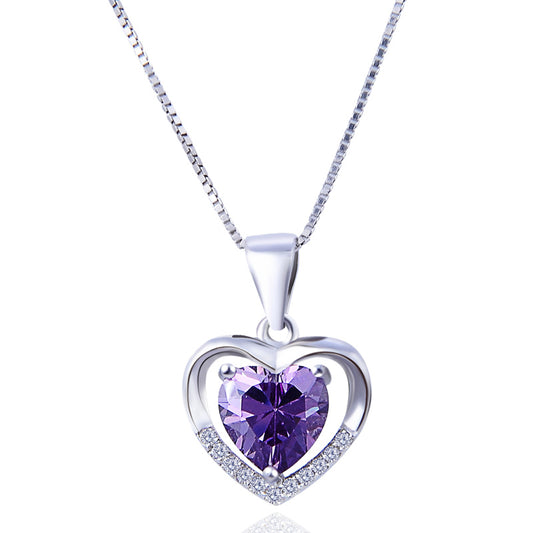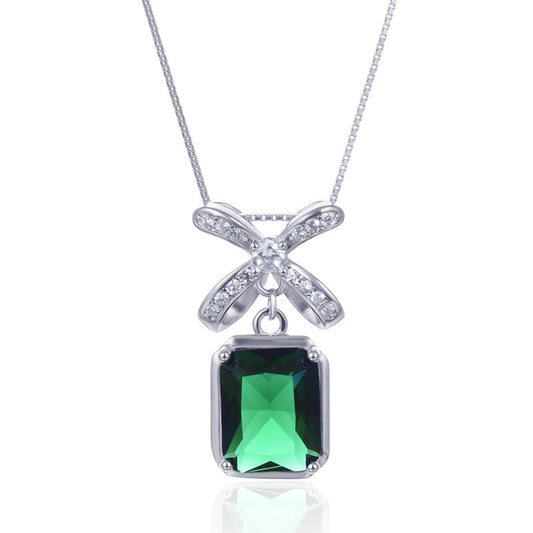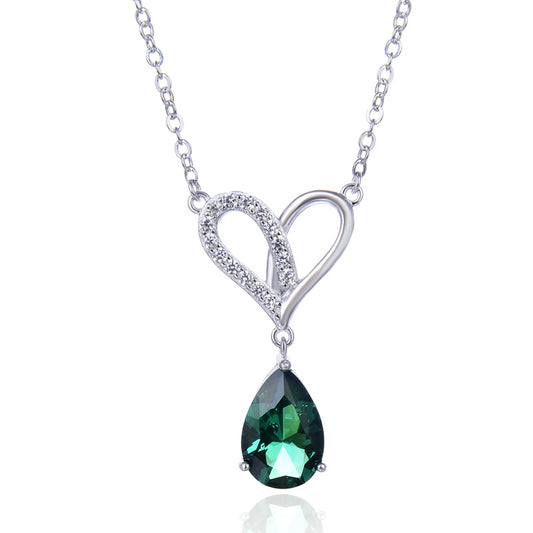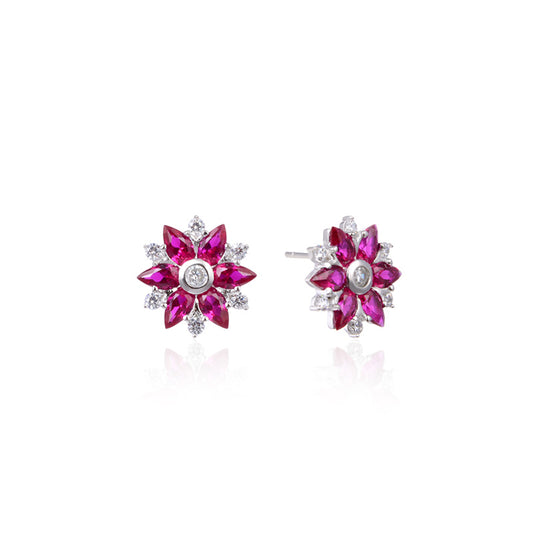Why is Purple the Color of International Women's Day?
As the world commemorates International Women's Day on March 8th, a distinct hue stands out amidst the sea of celebrations – purple. This color, often associated with royalty, luxury, and mystery, holds a deeper significance when it comes to this particular observance. But why purple? Why has this shade become synonymous with a day dedicated to celebrating the social, economic, cultural, and political achievements of women?
The history of purple's association with International Women's Day dates back to the early suffragette movement in the United Kingdom. In the early 20th century, women who fought for their right to vote adopted various colors as symbols of their cause. Purple, in particular, was chosen for its historical and symbolic significance. It represented the combination of red, signifying passion and strength, and blue, representing peace and loyalty. Together, these colors formed a powerful symbol of women's determination and unity in their struggle for equality.
Over time, purple became increasingly associated with the women's rights movement, eventually being adopted as the official color of International Women's Day. Today, this vibrant hue serves as a reminder of the ongoing fight for gender equality and women's empowerment worldwide.
Beyond its historical significance, purple also holds a unique place in the color spectrum. It is a rare color in nature, often associated with rarity, uniqueness, and luxury. These qualities resonate with the celebration of women's achievements and the recognition of their inherent value and worth.
As we mark International Women's Day, the color purple serves as a powerful reminder of the progress made and the work that still needs to be done in achieving gender equality. It is a symbol of solidarity, strength, and hope for a future where all women can fully realize their potential and contribute to building a more just, equitable, and prosperous world.








